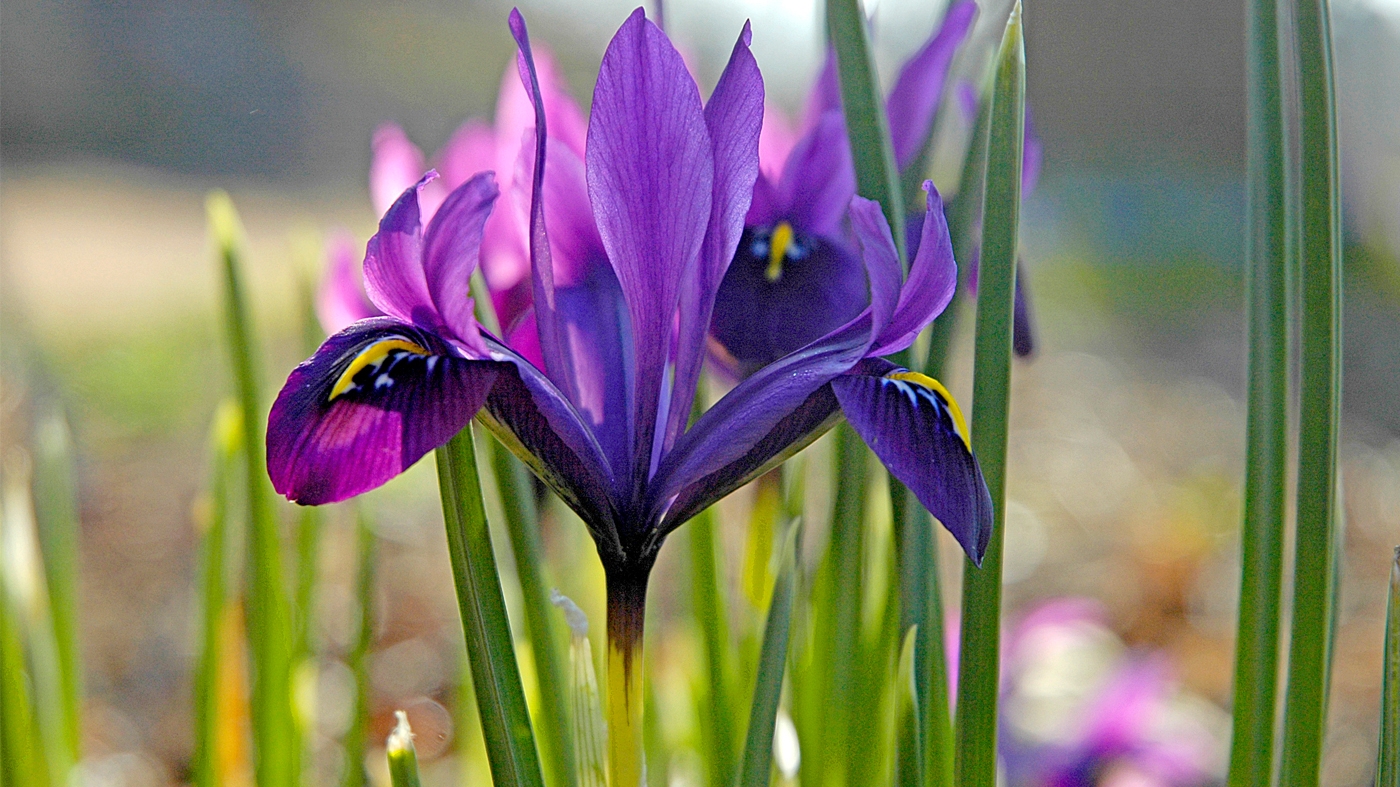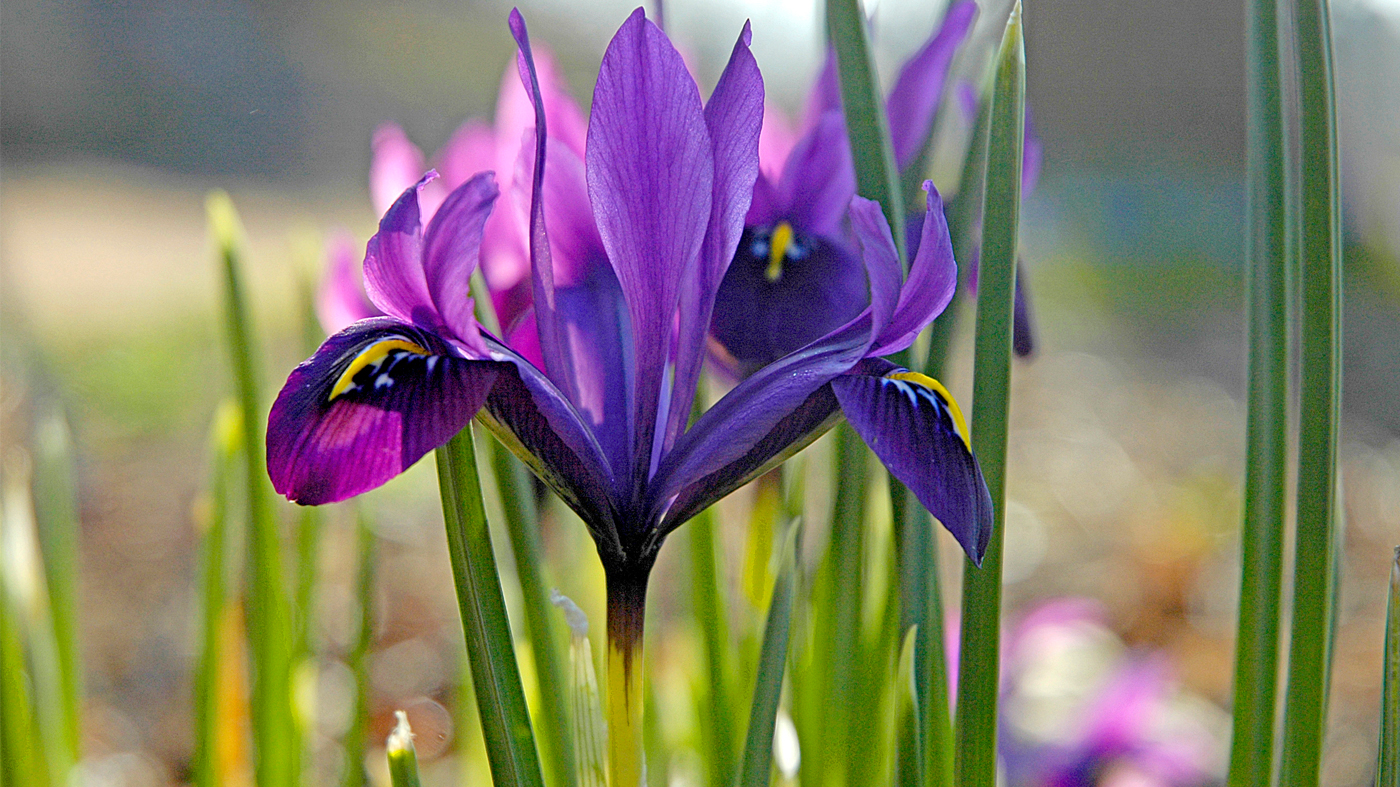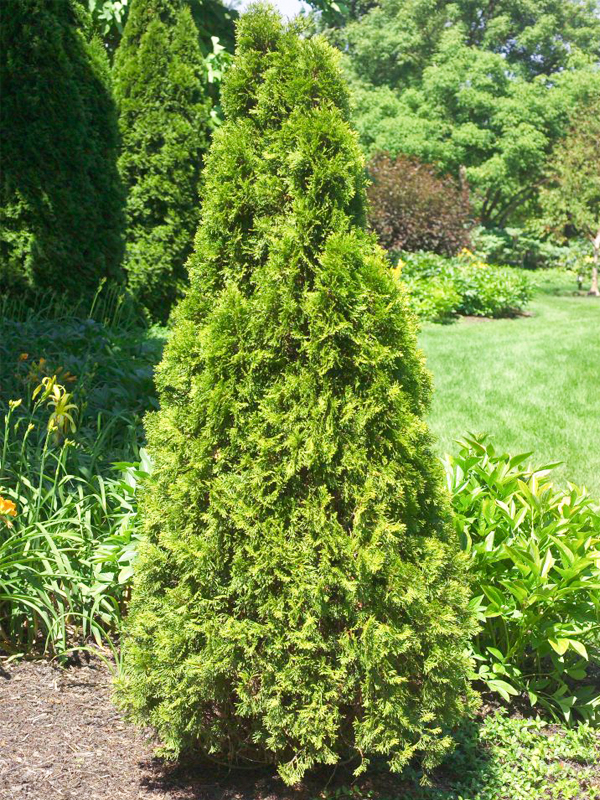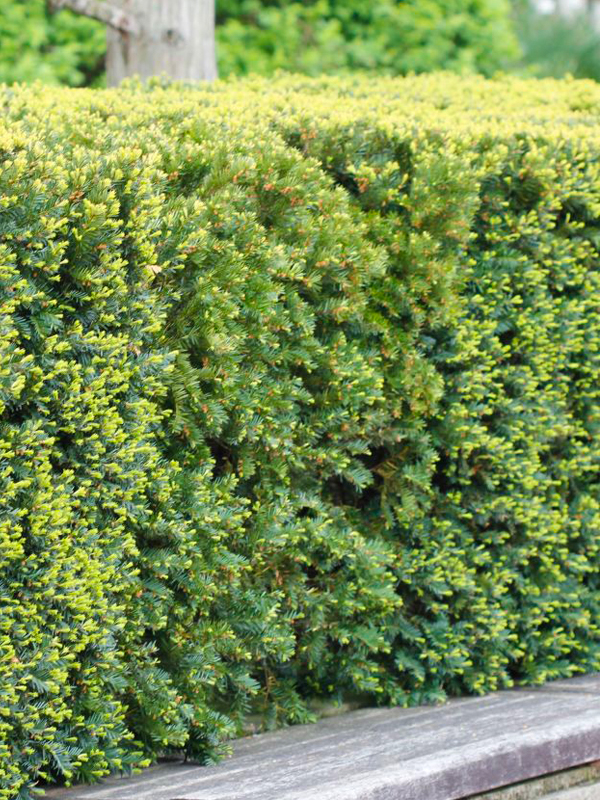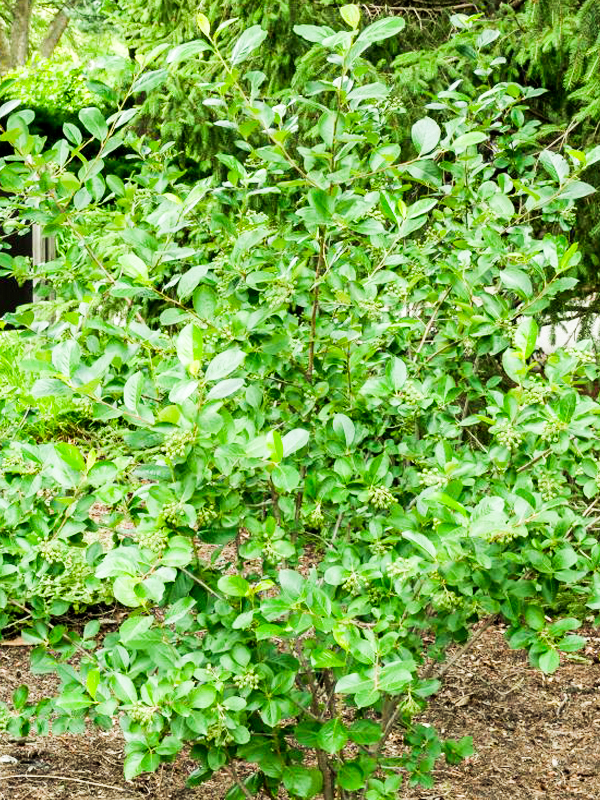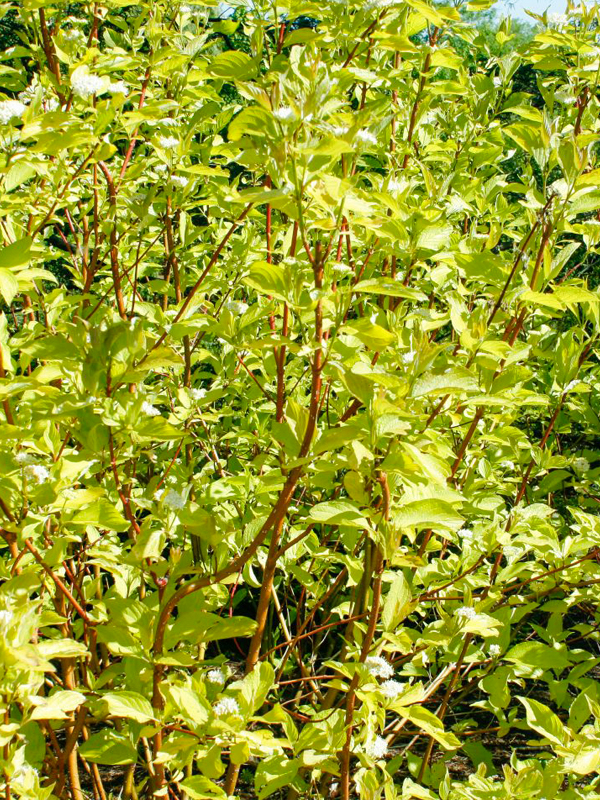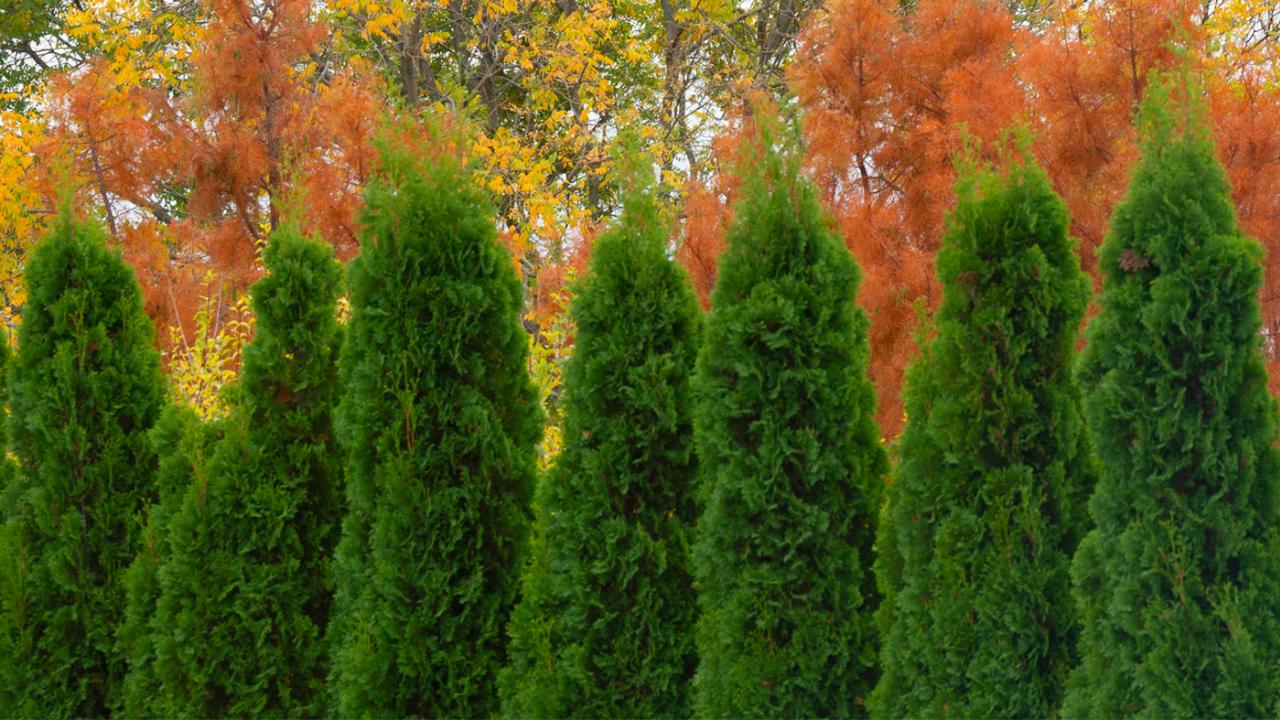

Grow Your Own Fence
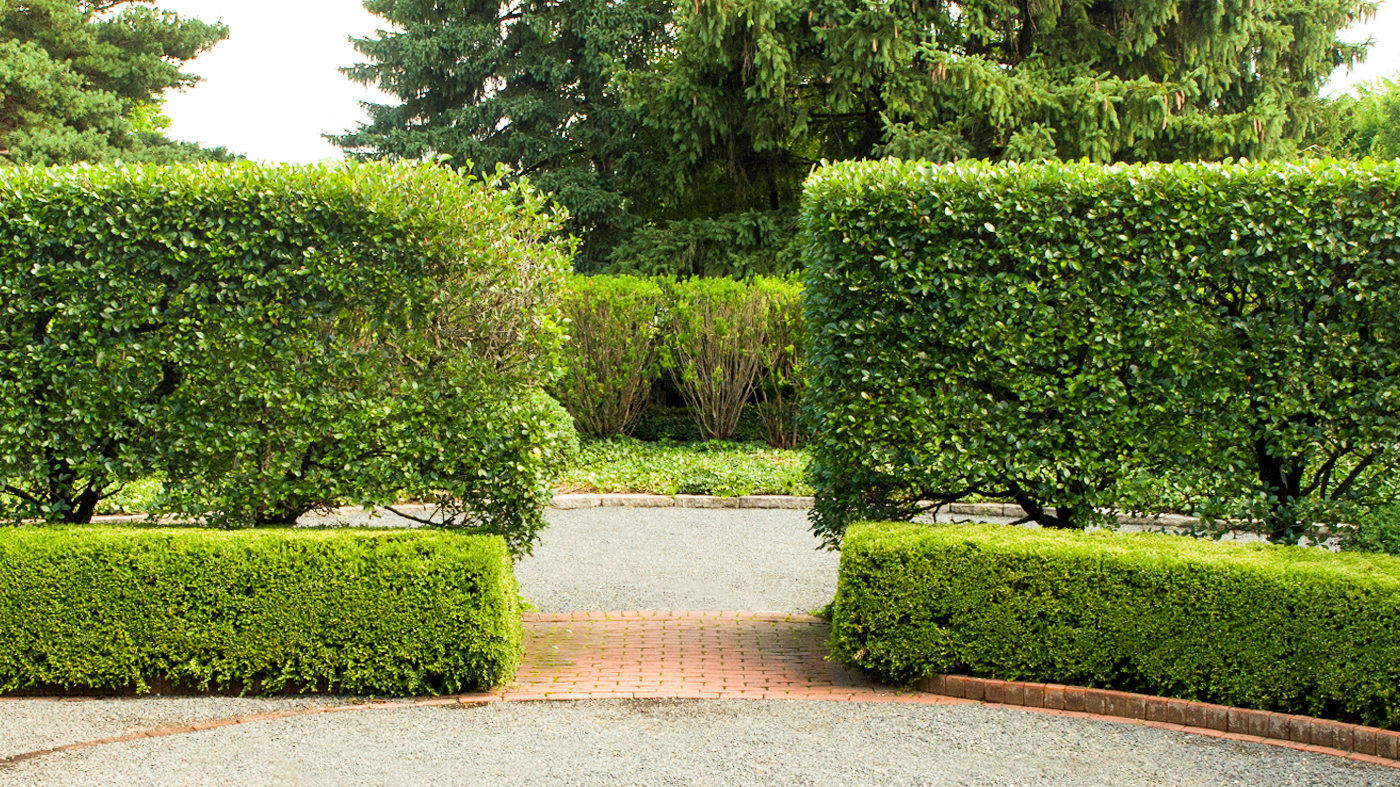
“Good fences make good neighbors.” —From Mending Wall by American poet Robert Frost (1874-1963)
Who doesn’t like a little privacy? In urban areas, some homes are so tall, narrow and close together that homeowners feel like they’re living in a fishbowl. Fences corral suburban backyards, often blocking views of the neighbors’ back yards. A good fence, however, creates some privacy and frames the landscape no matter how big or small the property. Many of us live between fences, and while we may not notice them they are dominant features of many home landscapes.
But a fence need not be wood, vinyl or metal. How about planting a living fence—a hedge of evergreens or flowering shrubs? Something that invites birds, providing protection, fruit or seeds? Here’s a look at some durable, wildlife-friendly plants that offer four-season interest and a bit of privacy.
The Evergreens
Arborvitae (Thuja—pronounced Thoo-yah)
Settlers on windswept midwestern prairies knew the power of evergreen trees as wind breaks. You may not need a windbreak, but a row of evergreens, like arborvitaes, can provide privacy and a nesting site for songbirds. A blanket of snow on their boughs adds winter enchantment in our garden. Eastern arborvitae or northern white cedar, (Thuja occidentalis), is a native tree east of the Mississippi. Western arborvitae, (Thuja plicata) is found in western North America. Both are sold in Illinois and there are many cultivars. Most require full sun (six or more hours) but some will tolerate part shade. Depending on the cultivar, mature size ranges from 3 to 25 feet tall and 3 to 15-feet wide or so.
Yews (Taxus—pronounced Tacks-uss)
Canadian yew (T. candensis) is a sprawling evergreen with dark green needles. These yews prefer moist conditions in part shade, and are very slow growing, reaching 3 to 6 feet tall and 6 to 8 feed wide. More common in garden centers is the versatile Hicks yew (Taxus x media ‘Hicksii’, which grows in full sun to full shade. This narrow shrub reaches 6 to 15 feet tall and 4 to 6 feet wide. It can be pruned to a certain height, if needed, or left to grow naturally.
Flowering Shrubs
Summersweet (Clethra—pronounced Cleth-ruh)
Depending on the cultivar, this vigorous shrub offers white or rose-pink flowers. At 3 to 8 feet tall and 3 to 6 feet wide, they are covered with fragrant bottlebrush-like flowers in spring, and thrive in full sun to part shade. A bonus—flowers attract butterflies and hummingbirds.
Chokeberry (Aronia—ah-row-knee-uh)
Chokeberries are spring-flowering native plants with beautiful foliage in summer, and scarlet-red or purple berries that birds devour. The fall color is typically outstanding in shades of red to purple-red. Depending on the cultivar, plants like ‘Morton’ may be 2-3 feet tall and 4 to 5 feet wide, while ‘Brilliantissima’ is 6 to 8 feet tall and 5 to 6 feet wide.
Serviceberry (Amelanchier—pronounced Am-uh-lank-ee-ur)
For smaller gardens, breeders are developing narrow, upright shrubs, such as ‘Standing Ovation™ serviceberry, which grows 15 feet tall and 4 feet wide. Like other serviceberries, this one is covered in spring with white flowers, followed by bird-loving berries in June. The more uniform habit makes it great as a hedge in full sun to part shade.
Dogwood (Cornus—pronounced Cor-nuss)
Many shrubby dogwoods are grown for their winter color—striking bright red, yellow or gold stems. White spring flowers, green to dark green leaves, maroon to red-purple fall color, followed by white or blue clusters of fruit make these truly four-season shrubs. Plant them in full sun to part shade. Depending on the cultivar, plants range in size from 3 to 12 feet tall and 3 feet to 15 feet wide.
There are many other potential shrubs that will work well as a fence or screen. For example, how about fragrant viburnums or lilacs, hydrangeas, witchhazels, winterberries, sweetshrub, forsythia, and more.
Check out our plant profiles and plant trials. If your garden is not formal, considering combining groups of different shrubs together. For example, use groupings of three dogwoods, serviceberries, viburnum, etc. Underplanting deciduous shrubs with spring-blooming bulbs, like daffodils and snowdrops, is icing on the hedge.
Before You Buy (Or Plant)
First, note the location of your property lines. Call JULIE (dial 811) to determine if any utility lines run in the proposed planting area. Next, measure the available width and depth of the border along the property line, and determine what plants will work in the allotted space based on their ultimate size unless you plan to prune them. Place the plants where their mature growth will not cross into your neighbor’s property. After all, good fences make good neighbors.
Nina Koziol is a garden writer and horticulturist who lives and gardens in Palos Park, Illinois
